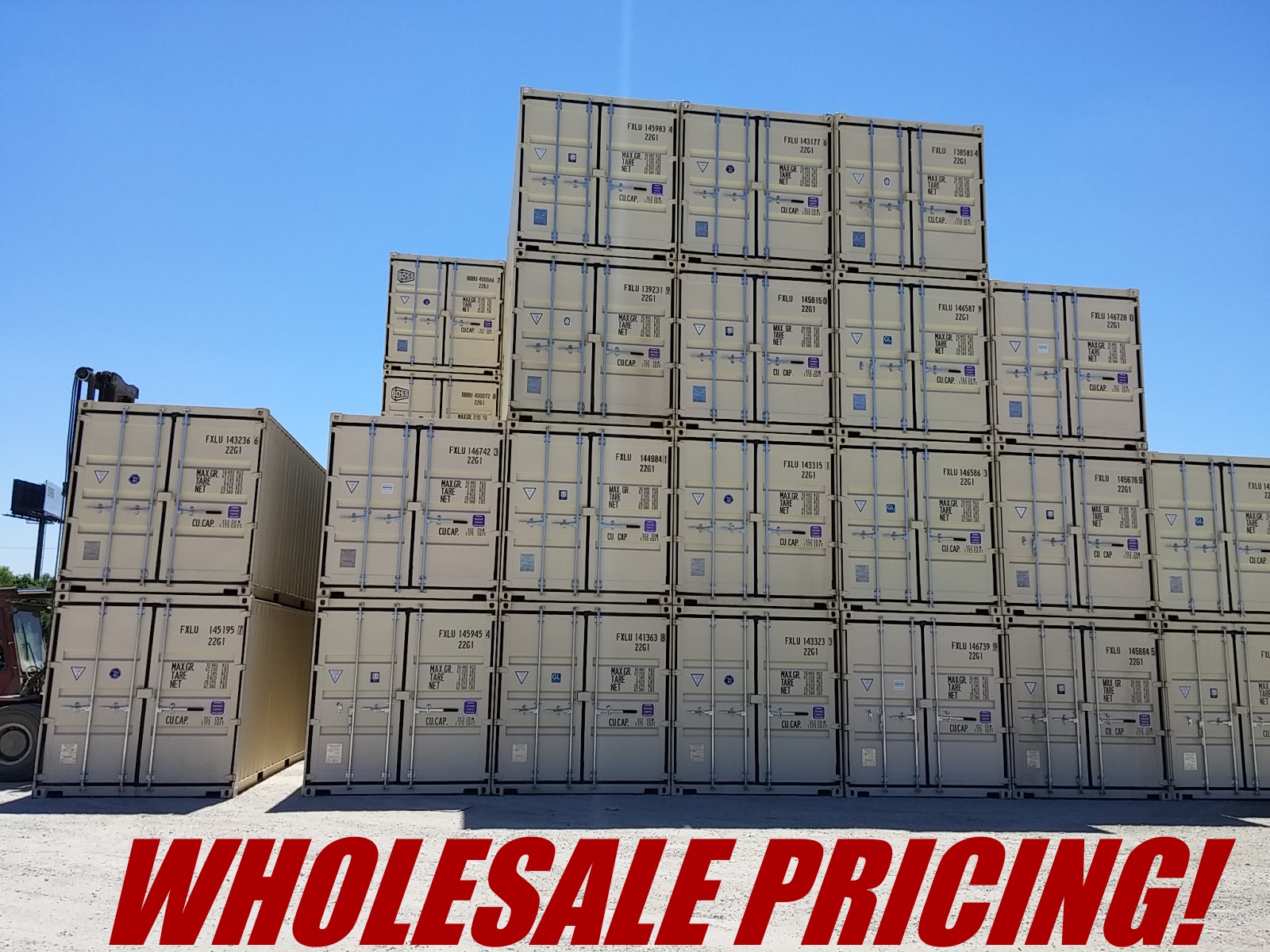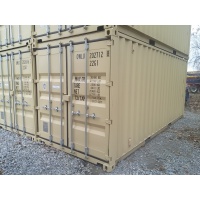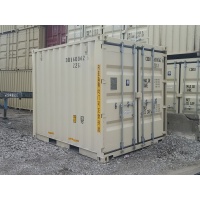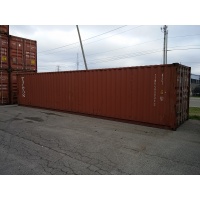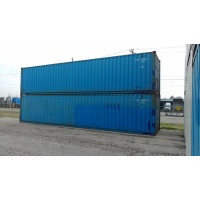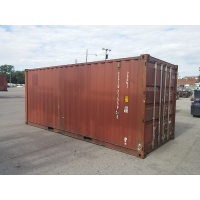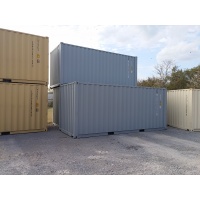Download PDF
Shipping losses declined by 16% compared with a year earlier (101). The preliminary figures for the accident year show a significant improvement on the 10-year loss average (119) – down 29%. Large shipping losses have also declined by 50% over the past decade, driven by improved regulation and the development of a more robust safety culture. However, disparities by region and vessel type remain. The recent downturn in the shipping economy could also be a factor in benign loss activity.
More than a quarter of losses in 2016 (23) occurred in the South China, Indochina, Indonesia and Philippines maritime region, which has been the top loss hotspot for a decade. While losses in this region remain stable year-on-year, the total is still almost double that of the next highest loss region – East Mediterranean and Black Sea (12). Losses are up year-on-year in the following maritime regions: Japan, Korea and North China; East African Coast; South Atlantic and East Coast South America; and the Canadian Arctic and Alaska.
Cargo vessels (30) account for more than a third of 2016’s losses. Passenger ferry losses are up year-on-year (8), driven by activity in South East Asia and the Mediterranean. Foundered (sunk/submerged) is the most common cause of all vessel losses, accounting for over half, often driven by bad weather. The number of losses resulting from fire/explosion (8) is up slightly year-on-year.
There were 2,611 reported shipping casualties during 2016, down 4%. Machinery damage/engine failure is the main cause and was also responsible for driving a 16% increase in the top hotspot – the East Mediterranean & Black Sea region.
Growing complexity and interconnectivity of shipping risk
While the decline in the number of total losses and casualties is encouraging, there is no room for complacency, especially at a time of inherent economic challenges. Environmental scrutiny is increasing with record fines being issued for pollution. New ballast water management rules aimed at stopping the spread of harmful aquatic organisms are welcomed, but will also add a significant cost and potentially bring new risks to shippers. Political risk is rising with Yemen and the South China Sea posing increasing threats.
The collapse of Hanjin Shipping exposed the perilous state of some parts of the shipping industry, as trade growth has slowed at a time of record capacity. Bankruptcies are on the rise and economic strains have led to cost-cutting. Crew negligence and inadequate vessel maintenance are two increasing areas of risk. An increase in maintenance-related claims has already been observed. According to AGCS negligence/poor maintenance is one of the top causes of liability loss in the shipping sector[ii], so rigorous inspection and maintenance regimes are crucial.
Economic pressure in the shipping industry could accelerate the trend towards larger, more efficient ships. Such ‘mega ships’ may promise greater efficiencies but they also bring new risk challenges, such as salvage operations and the availability of suitable ports of refuge in the event of an incident. Exposures are increasing exponentially. The loss of a large container vessel or passenger ship in environmentally-sensitive waters could cost billions of dollars, potentially even resulting in a $4bn loss, if two large vessels are involved.
Concerns over the structural integrity of some larger vessels – particularly conversions – also remains an issue in the wake of a number of incidents and losses resulting from breaches in recent years. Industry stakeholders need to come together to address this issue.
Passenger ship and ferry losses continue to trouble as fire, storm and stability issues remain problematic. Despite decades of casualties, passenger ferry safety is still a major issue in some parts of Asia, driven by bad weather, poor maintenance, weak enforcement of regulations and passenger overcrowding. Elsewhere, fires on-board ferries are also a growing concern, with the failure of electrical equipment and undeclared or misdeclared cargo responsible for incidents.
There have also been a number of fires on container ships at sea recently, leading to concerns that safety systems have not kept pace with vessel sizes. More containers can mean locating and containing a fire is more challenging. However, first, there is a need for more accurate cargo manifests. It is estimated that more than a third of boxes containing dangerous goods are marked incorrectly, while approximately one-in-five have some other defect[iii]. If inaccurately documented cargo catches fire, crews may not know the best way to extinguish it.
Arctic casualties decrease but challenges remain
There were 55 reported shipping incidents in Arctic Circle waters during 2016, down by more than 20%. However, more transits are expected. Shipping brings a number of risks such as a lack of hydrographic study, extreme conditions and the ability for salvagers to respond in the event of an incident. The introduction of this year’s Polar Code should raise the bar for shipping, however it will need to be regularly updated to include any changes in risk conditions.
Piracy threat evolving as crew kidnappings rise
Piracy incidents may have hit an 18-year-low at the end of 2016 but an increase in kidnappings in parts of Asia and West Africa – and the return of activity in Somalia – shows the risks should not be underestimated. The Sulu-Celebes Sea has seen activity escalate.
Technology is driving safety improvements but overreliance is a concern
Safety-enhancing technology is already finding its way into shipping. This could bring huge benefits, as it is estimated that 75% to 96% of marine accidents can be attributed to human error[iv]. Information from voyage data recorders is already used in accident investigation but important safety lessons could also be learned by analyzing information from everyday operations. Conversely, a number of incidents have occurred where crews have relied too much on technology, particularly involving electronic navigation tools.
The cyber threat at sea grows
The risk of attack is significant. Ship-owners are often reluctant to share information for fear of being identified but the number of incidents that have resulted in loss of critical data, financial loss or IT problems is increasing. As much as 80% of offshore security breaches could be the result of human error. To date, most attacks have been aimed at breaching corporate security, rather than taking control of the vessel but there are concerns that a major cyber-attack of this nature could occur in future. Cyber security should not be neglected at a time when crew, training and maintenance budgets are already under pressure. Standard practices, such as crew education and identifying measures to back up and restore systems, should be implemented to reduce cyber risk.
The development of autonomous shipping
AGCS analysis shows that human error accounts for approximately 75% of the value of almost 15,000 marine liability insurance claims analyzed over five years[v], equivalent to over $1.6bn. Autonomous vessels could improve maritime safety and revolutionize movement of cargo on a scale not seen since containerization. It is forecast that a remotely-operated local vessel could be in operation by 2020[vi]. Safety considerations will be crucial to the development of autonomous shipping with concern about the potential for collision between manned and unmanned vessels and challenges around regulation and liability issues. A critical element will be whether there will be sufficient backup if things go wrong.












